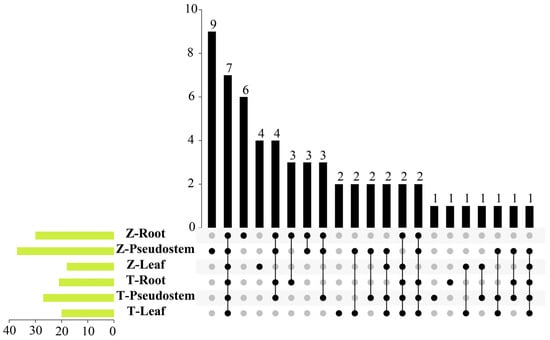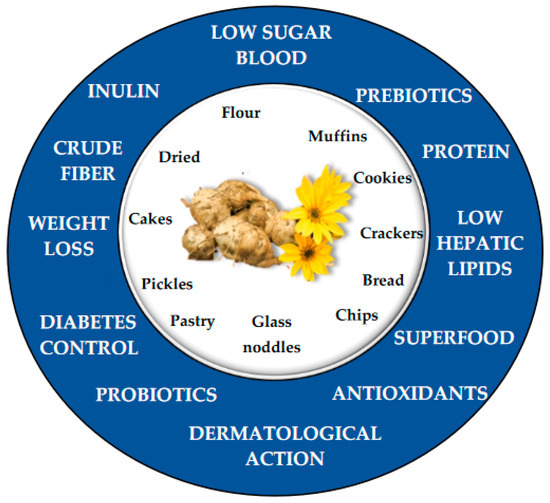Nutritional Quality of Fruits and Vegetables
A topical collection in Horticulturae (ISSN 2311-7524). This collection belongs to the section "Developmental Physiology, Biochemistry, and Molecular Biology".
Viewed by 18614Editor
Interests: horticulture; fruit crops; post-harvest; fruit ripening
Special Issues, Collections and Topics in MDPI journals
Topical Collection Information
Dear Colleagues,
The quality of fruits and vegetables is a matter of utmost importance for consumers seeking nutritious, flavorful, and visually appealing produce. From the moment they are harvested to when they reach our tables, numerous factors influence the quality of these foods. Understanding these factors can help us make informed choices and fully appreciate the diverse array of fruits and vegetables available.
Recently, several new cultivars of fruit and vegetables have been produced via breeding programs with many nutritional properties. Further, new techniques to identify and characterize these properties have been developed.
In this study, we delve into the various elements that contribute to their overall excellence, from freshness and ripeness to flavor, appearance, and nutritional value.
The purpose of this Collection is to gather high-quality papers developed by international researchers. Original articles, reviews, and mini-reviews on any fruit and vegetable species are welcome in this Collection.
Dr. Sergio Ruffo Roberto
Collection Editor
Manuscript Submission Information
Manuscripts should be submitted online at www.mdpi.com by registering and logging in to this website. Once you are registered, click here to go to the submission form. Manuscripts can be submitted until the deadline. All submissions that pass pre-check are peer-reviewed. Accepted papers will be published continuously in the journal (as soon as accepted) and will be listed together on the collection website. Research articles, review articles as well as short communications are invited. For planned papers, a title and short abstract (about 250 words) can be sent to the Editorial Office for assessment.
Submitted manuscripts should not have been published previously, nor be under consideration for publication elsewhere (except conference proceedings papers). All manuscripts are thoroughly refereed through a single-blind peer-review process. A guide for authors and other relevant information for submission of manuscripts is available on the Instructions for Authors page. Horticulturae is an international peer-reviewed open access monthly journal published by MDPI.
Please visit the Instructions for Authors page before submitting a manuscript. The Article Processing Charge (APC) for publication in this open access journal is 2200 CHF (Swiss Francs). Submitted papers should be well formatted and use good English. Authors may use MDPI's English editing service prior to publication or during author revisions.
Keywords
- fruits
- vegetables
- new cultivars
- nutritional profile
- chemical compounds







